November 27, 2020 - Apache Trail
I had heard of the Apache Trail Scenic Drive so today we checked it out. It was to the east of Phoenix so we had a long drive just to get there. Instead of taking Interestate 10, we took Highway 79 through the desert.
Originally an Apache trade route, the Apache Trail is State Route 88 and runs from the town of Apache Junction (northwest Phoenix) northeast to Theodore Roosevelt Lake. The Trail winds steeply through 40 miles of rugged desert mountains, past deep reservoir lakes like Canyon Lake and Apache Lake. The narrow, winding road is unpaved from just east of the town of Tortilla Flat to Roosevelt Dam; there are steep cliff drops and few safety barriers. The trail requires caution when driving and it is not recommended for large RVs, SUVs, or caravans.
So we headed up into the mountains on State Route 88.
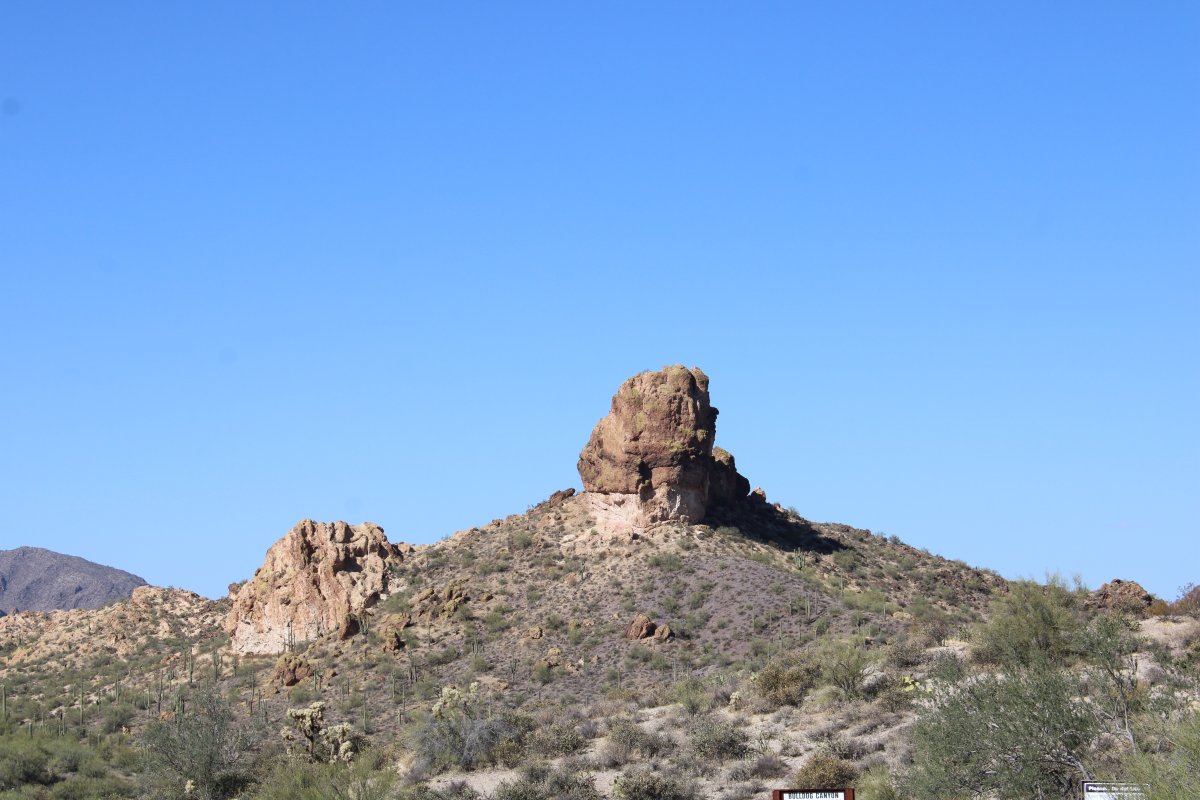
The story begins on June 17, 1902, when the National Reclamation Act was signed into law by President Theodore Roosevelt. This act authorized the development and funding of large-scale water projects to harness and manage the water in the West.
One of the first federal projects undertaken by the National Reclamation Act was the construction of the Theodore Roosevelt Dam in Arizona, daming up the Salt River, which would provide the vital water supply and hydroelectric power to promote the growth of the Phoenix metropolitan area. Although the remote site of this future dam proved to be a logistical nightmare, the solution to this problem was the construction of the Apache Trail. Thus, the Apache Trail served as the critical supply road, facilitating the transport of materials and equipment to the dam site.
Construction of the Apache Trail (known as the Tonto Wagon Road at that time) began on August 29, 1903. The route of this supply road followed a native American footpath. Apache Indians provided most of the labor for this road construction and they lived separately from the other crews. The Apache Trail, originally running from the Mesa railhead to the dam site, was completed on September 3, 1905.
While the road continued to serve as a supply route for the Theodore Roosevelt Dam, the Apache Trail soon opened up for public use. Several entrepreneurs began to provide transportation services along this road, which included both stagecoach and automobile excursions. These entrepreneurs recognized the unspoiled and spectacular landscape surrounding this road and marketed its appeal as a popular tourist destination. Southern Pacific Railroad was one of the first companies to benefit from the scenic beauty of this road. They offered the famous "Sunset Route", which was their "New Orleans to San Francisco" train route that included a motorcar side trip over the Apache Trail for an additional fee. Of note, it was the Southern Pacific Railway Company who coined the name "Apache Trail" in their advertising campaigns in order to promote these automobile side tours of the Theodore Roosevelt Dam and the Apache Trail. This name has been used for this road ever since.
The Roosevelt Dam was finished in 1911; then renovated and expanded in 1989–1996. The dam serves mainly for irrigation, water supply, and flood control; it also has a hydroelectric generating capacity of 36 megawatts.
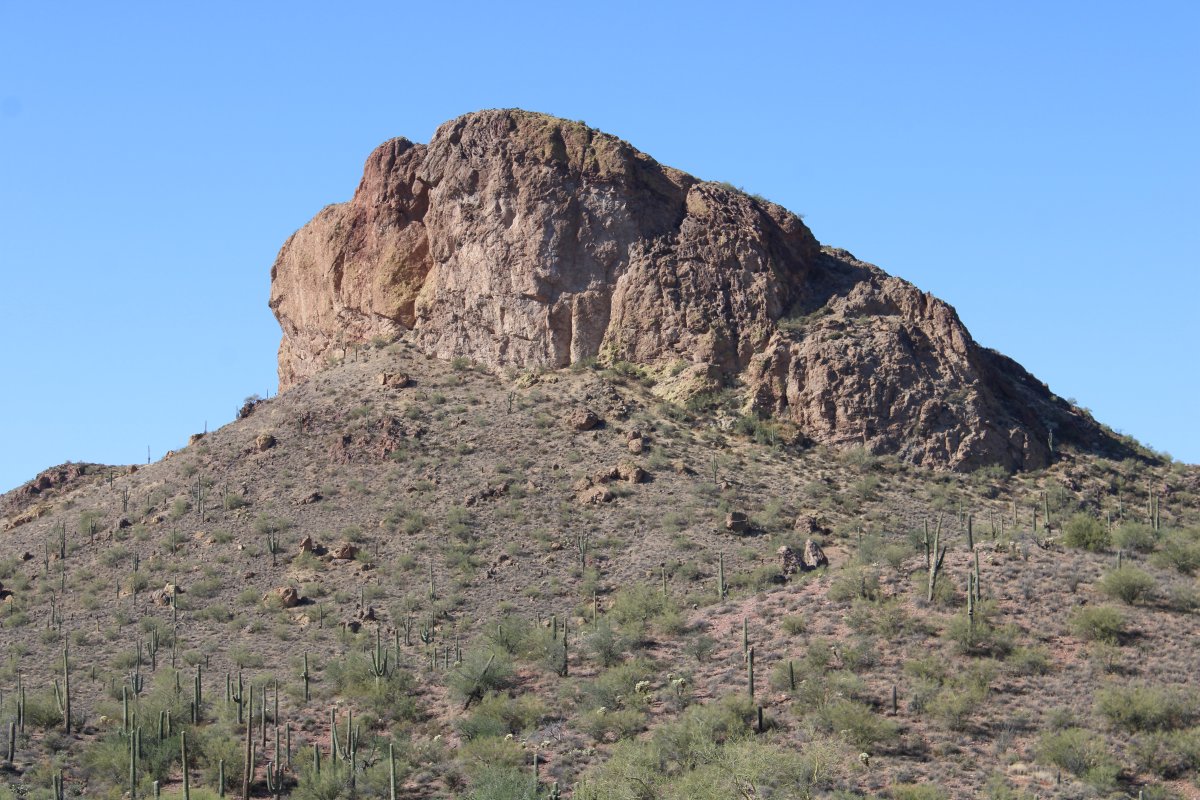


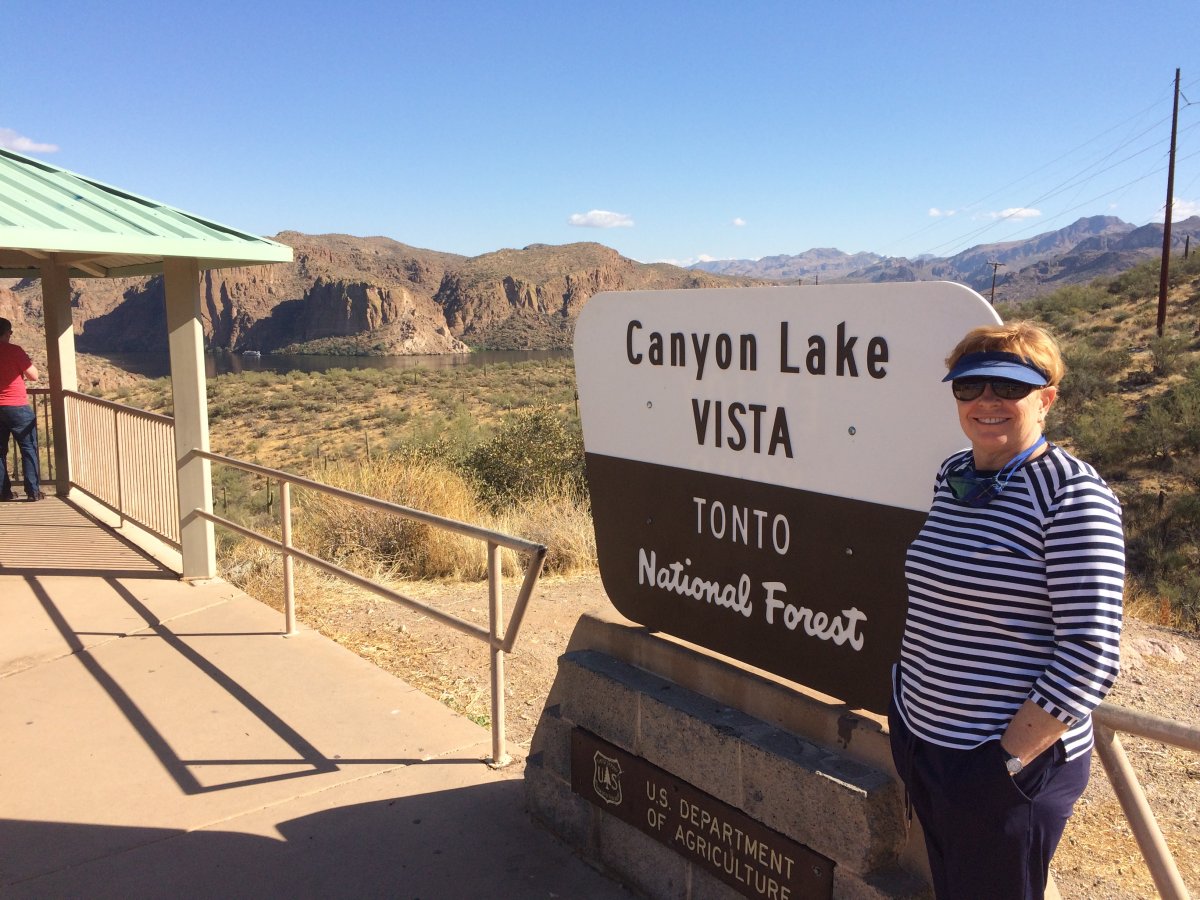

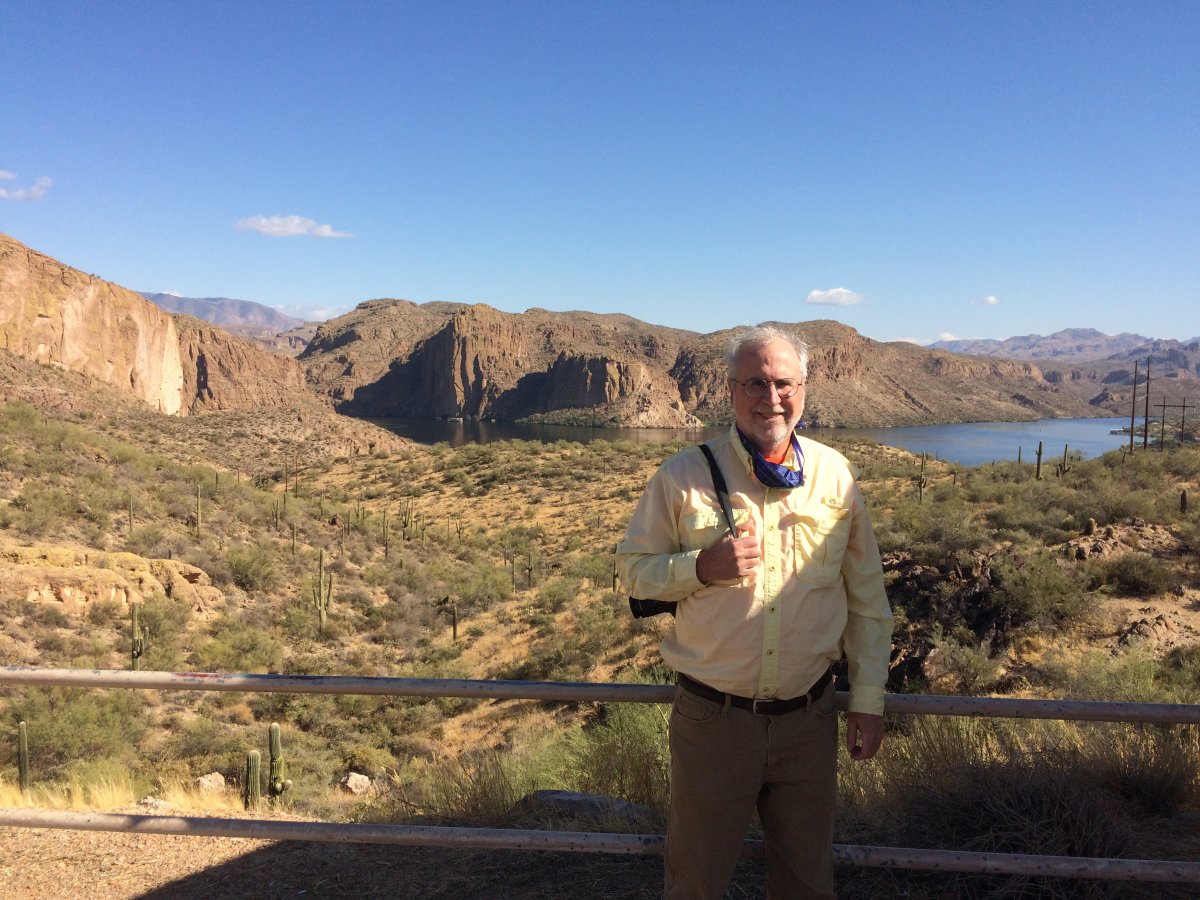
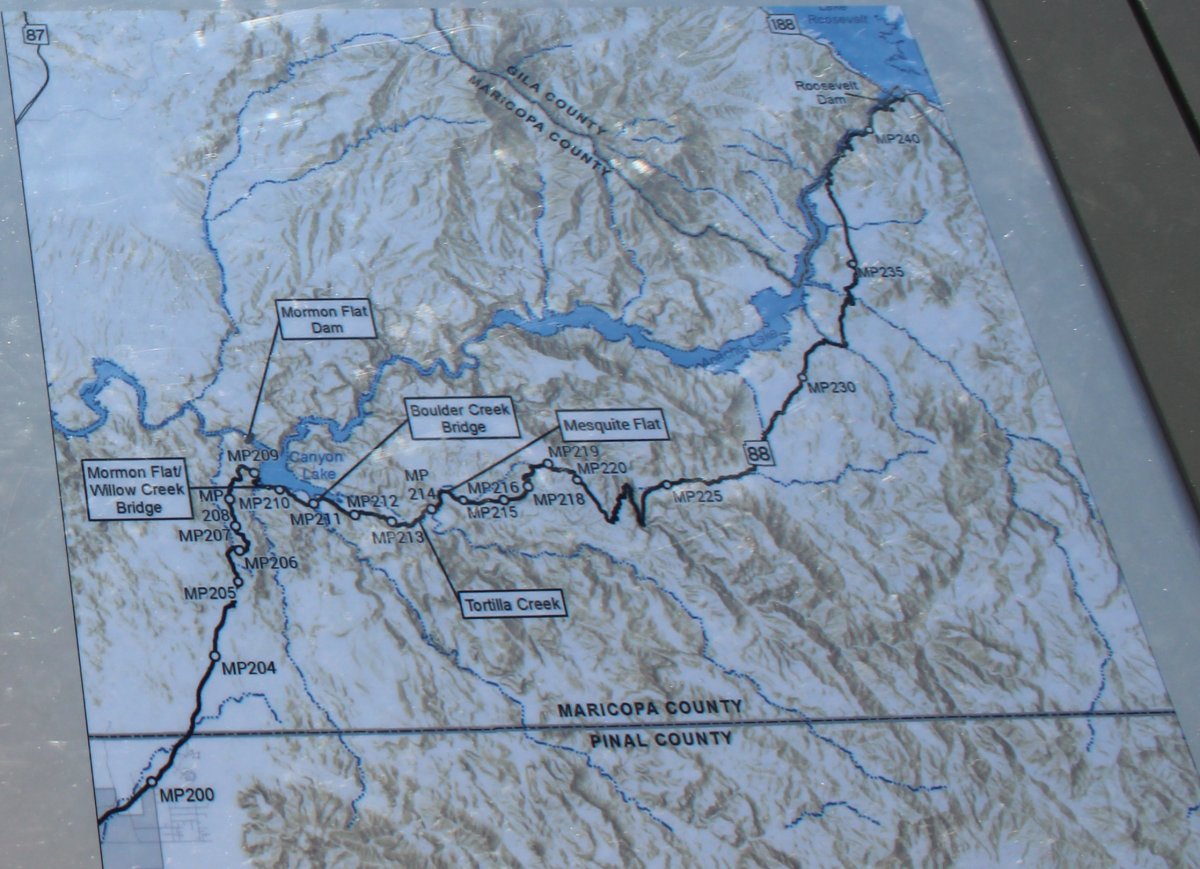
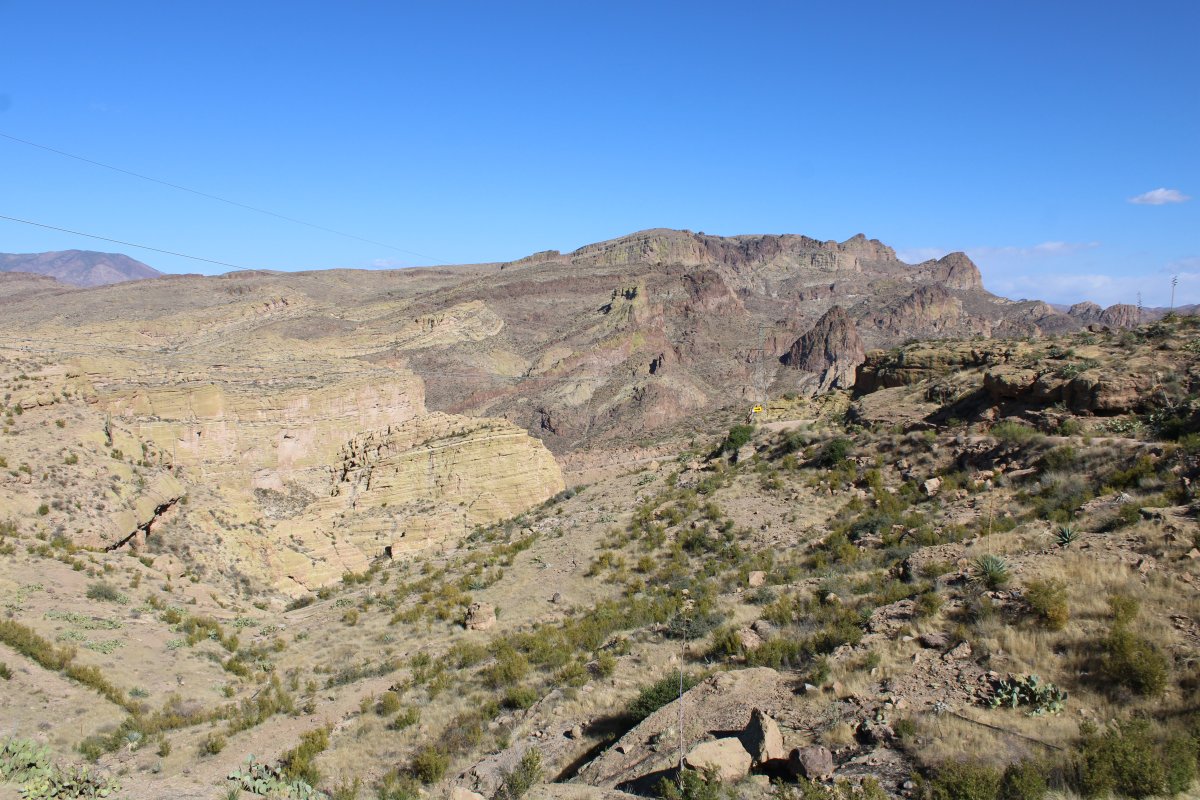

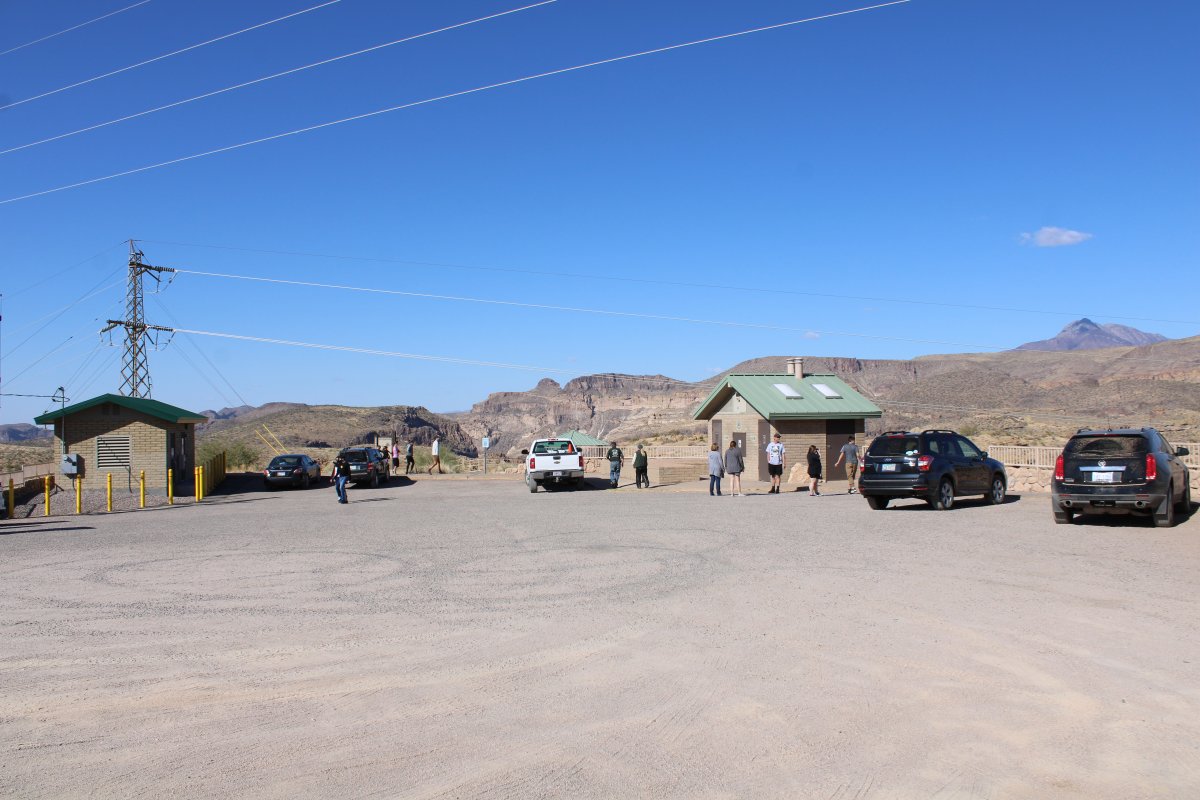



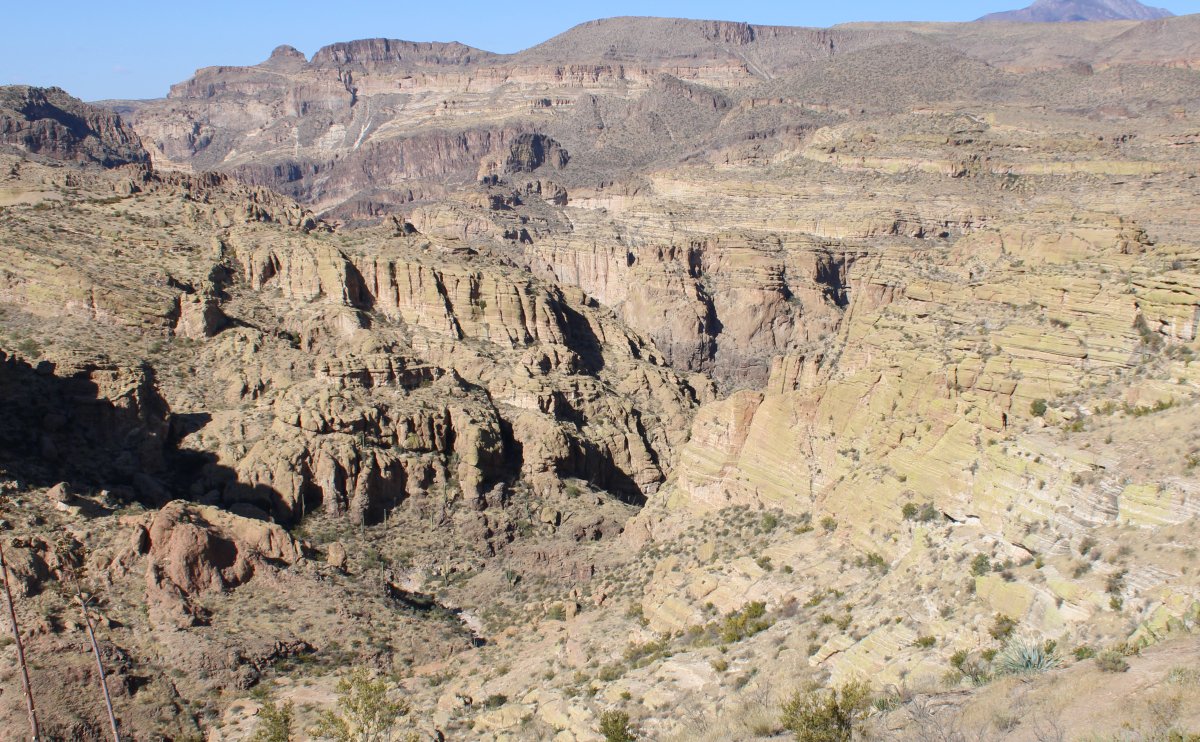
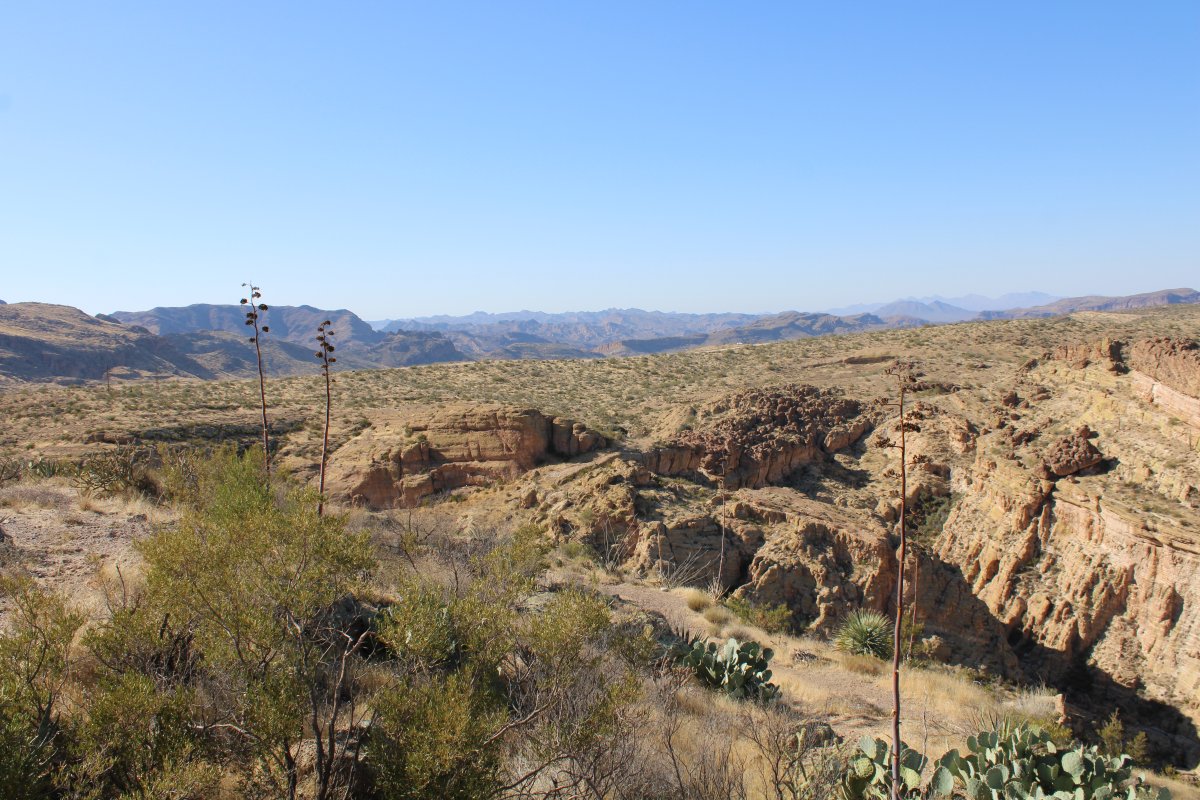
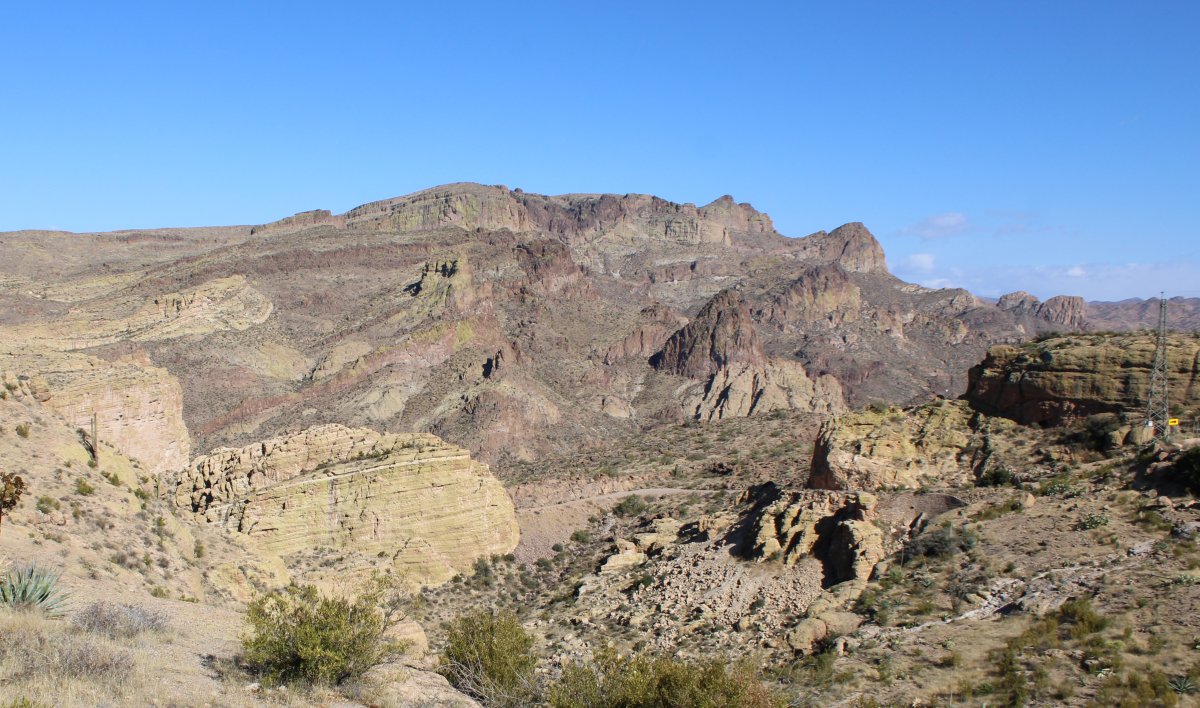
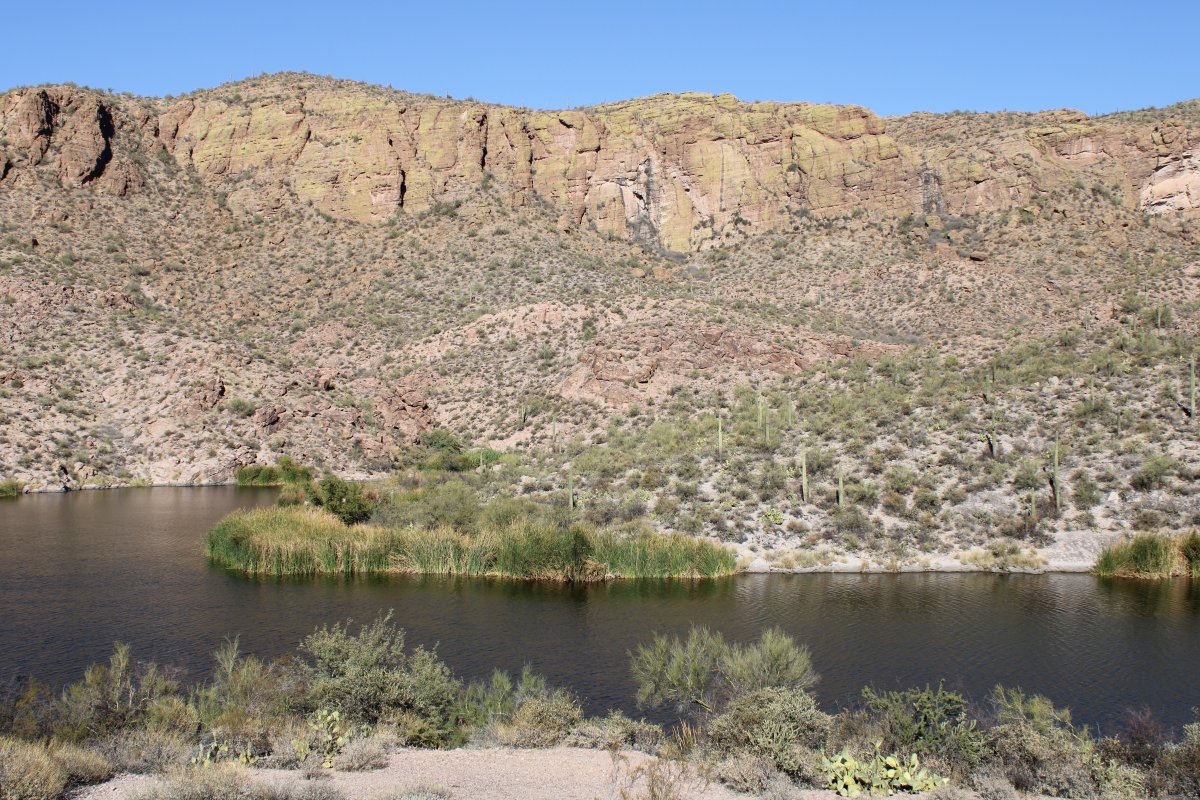

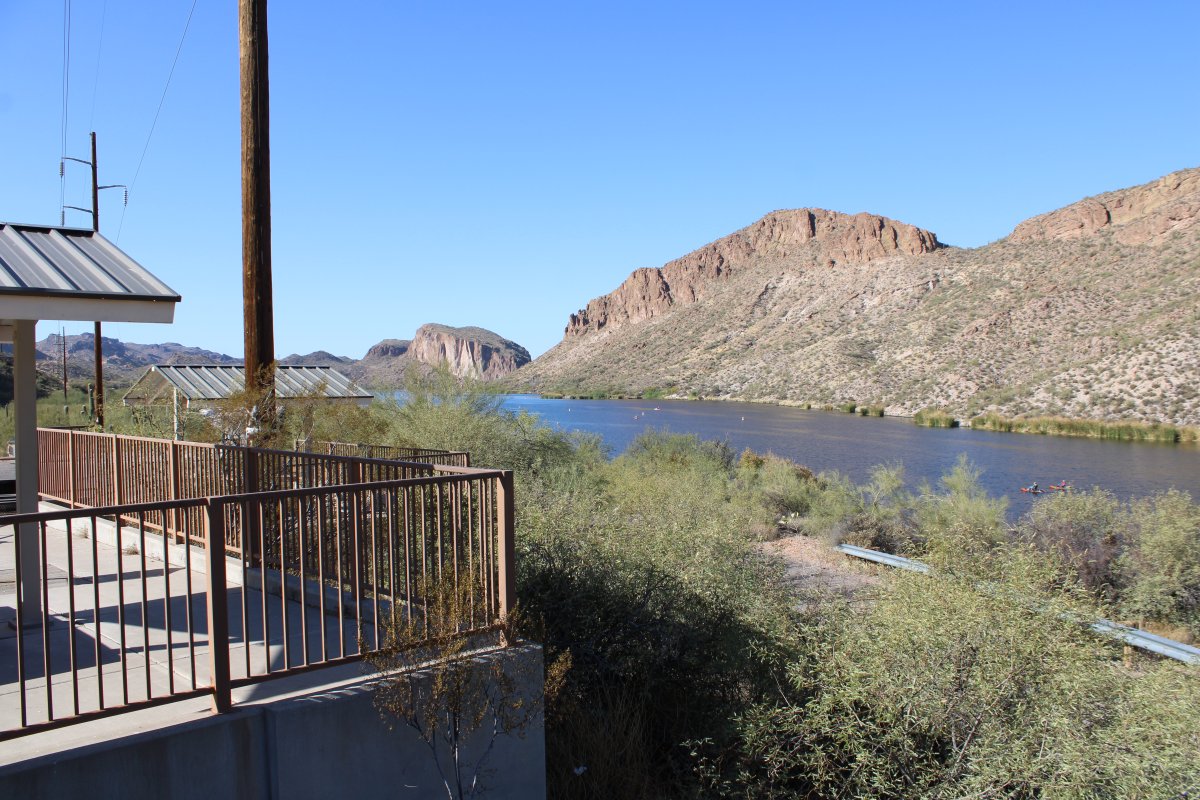
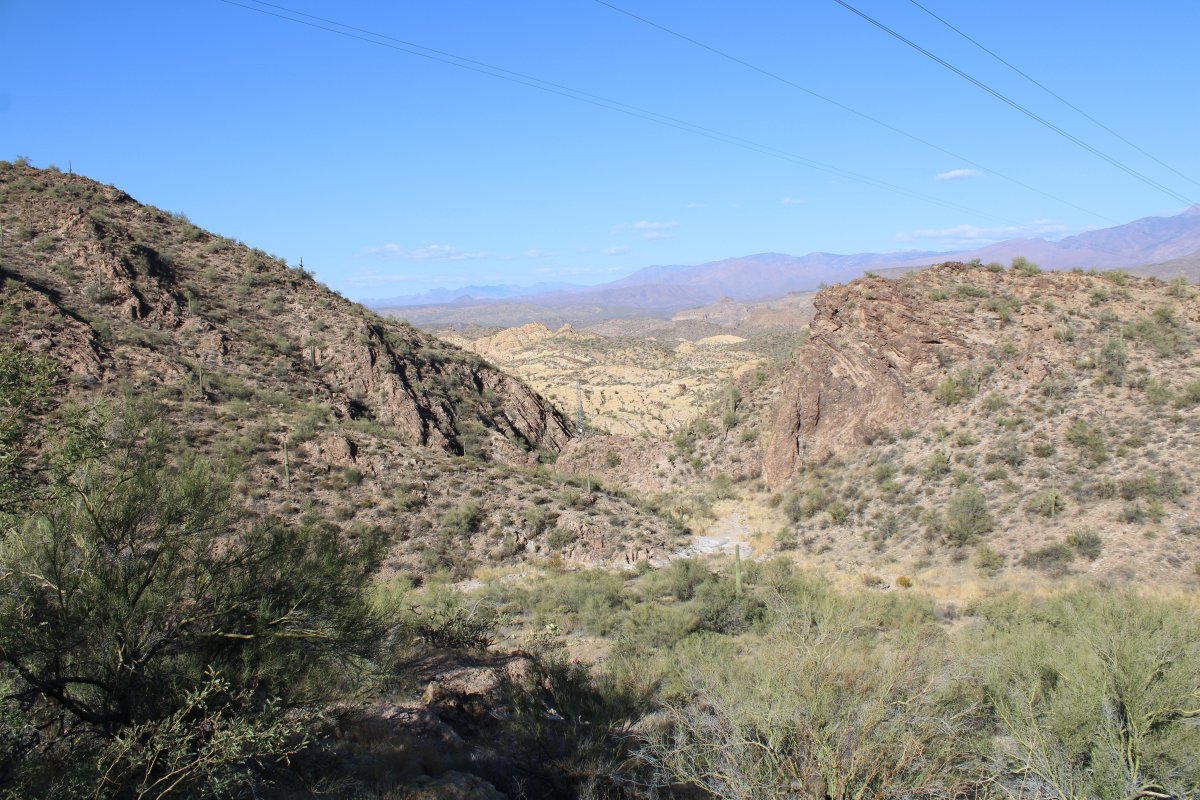
Our trusty ride, the black and dusty Altima.
It's a shame we didn't get to do the entire Apache Trail. We probably did a half maybe. But that was enough to make the trip worthwhile.
